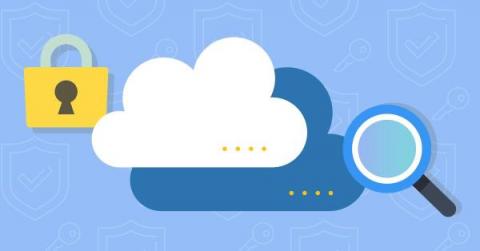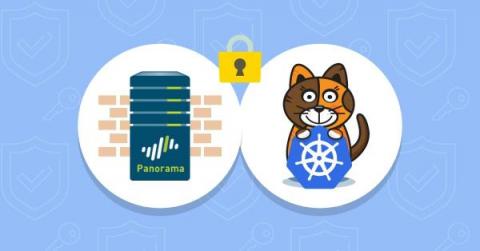Is ARM architecture the future of cloud computing?
Central processing units (CPUs) can be compared to the human brain in that their unique architecture allows them to solve mathematical equations in different ways. x86 is the dominant architecture used in cloud computing at the time of this writing; however, it is worth noting that this architecture is not efficient for every scenario, and its proprietary nature is causing an industry shift toward ARM.





